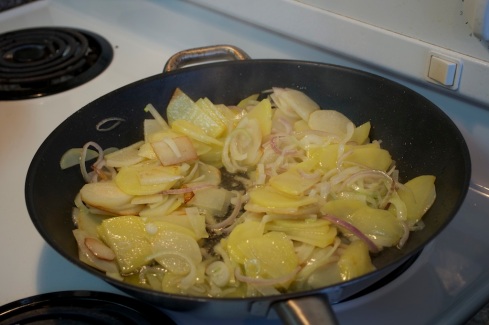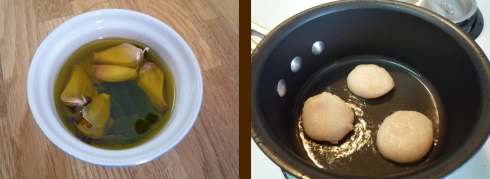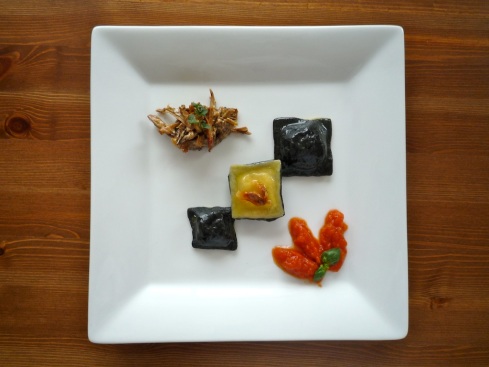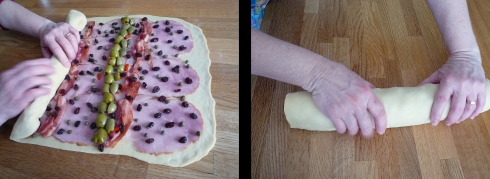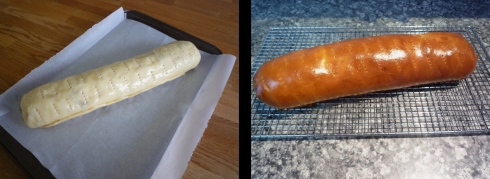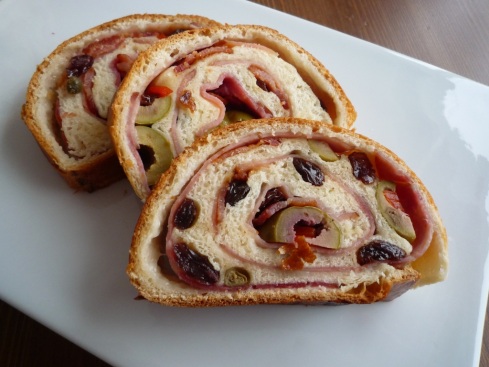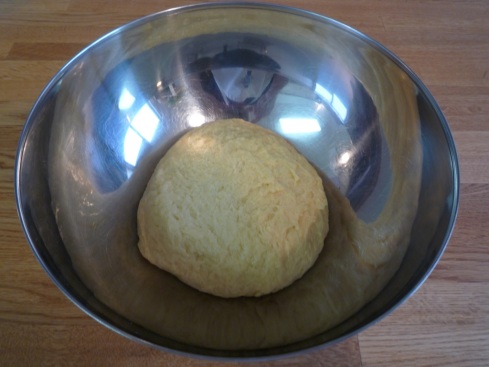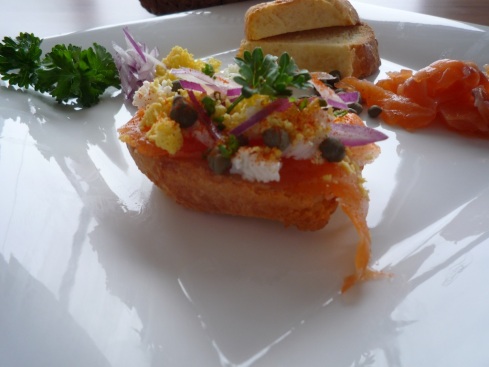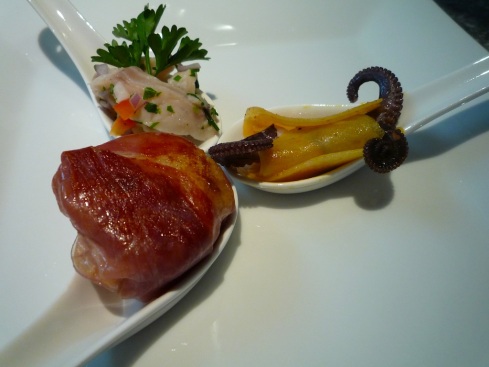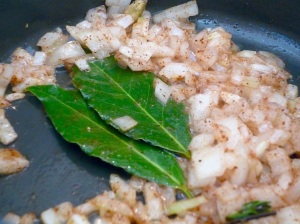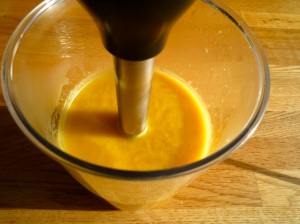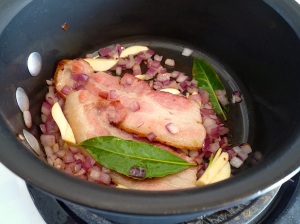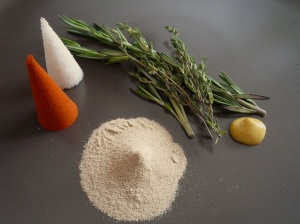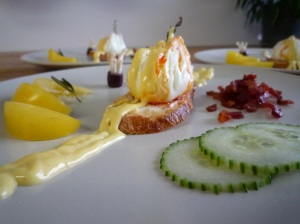Sorry for the absence dear readers and food porn spectators! But as promised, here is the carnitas tacos post.
Carnitas literally means “little meats” in Spanish. In a nutshell, it is a typical Mexican preparation where the pork is first confit in lard, shred, and then fried. Quite obviously it is not a dish for the fainthearted or health conscious individual. However, for porketarians–that is true believers in the protein supremacy of king pork–carnitas is a delightful treat.
As with most traditional recipes, carnitas suffers from what I like to think of as the “grandma” syndrome. Let me elaborate. More often than not, staple dish recipes tend to have multiple different methods and interpretations. This often degenerates into something that goes along these lines: “my grandma used to cook this with the following special ingredients A, B and C that really made the dish better than other people’s version.” Although specific ingredients can often achieve amazing improvements upon preparations, I find that these claims are often more emotional than rational. Undoubtedly food preferences are intrinsically tied to memories and emotions. However, a reasonable level of objectivity is needed when determining what are better ways of preparing a specific dish that would please most people (not just those that had that grandmother that cooked it in a particular way). That objectivity can be found in methods as opposed to ingredients. Great methods can sometimes mean the difference between a great dish, and a mediocre one. The test of a great chef isn’t his use of amazing, fancy or expensive elements, but his dash of creativity and the right methods for the ingredients he has on hand. Carnitas is a dish that perfectly lends itself to such a test. Generally speaking it is made with pork shoulder (one of the cheapest cuts), and lard.
Here I sliced about a pound of pork fat that the butcher gave me for free and cooked it at low heat with a bit of water for about an hour and a half until most of it had rendered into lard. Needless to say I trimmed all the fat of the shoulder and used it in the rendering process. I cut the meat into fist sized chunks and cooked it in the rendered fat (which I had strained into a clean pot) at very low heat along with a variety of peppers, onions, garlic, orange peel, bay leaves, coriander, cumin, and peppercorns.

- Pork Fat and Shoulder
After three hours or so I took out the meat and pulled it discarding of any connective tissue or fatty parts. Once I had cleaned all the shred meat I sauteed it with a bit of the cooking lard along with some more coriander, cumin, cayenne pepper, and salt. At the same time I sliced some tortilla chips and fried them for some tasty chips!

- Shreded Pork and Fresh Chips
Previously I had made a Pico de Gallo, just tomato, peppers, onions, garlic, lime juice, a bit of oil, pepper, and obviously salt. In the meantime I had some beans cooking with some bacon, sauteed onions, garlic, bay leaves, cumin, coriander and pepper.

- Pico de Gallo and Bean Puree
Once I had the pork ready along with the pico de gallo and beans I threw together a bit of rice with lime juice and finely chopped coriander. The rest was delicious history.

- Chips, Carnitas Tacos, and Lime and Cilantro Rice
Here are the recipes. Yum!
Tags: carnitas, chips, cilantro, corn, mexican, pico de gallo, pork, rice, tacos


